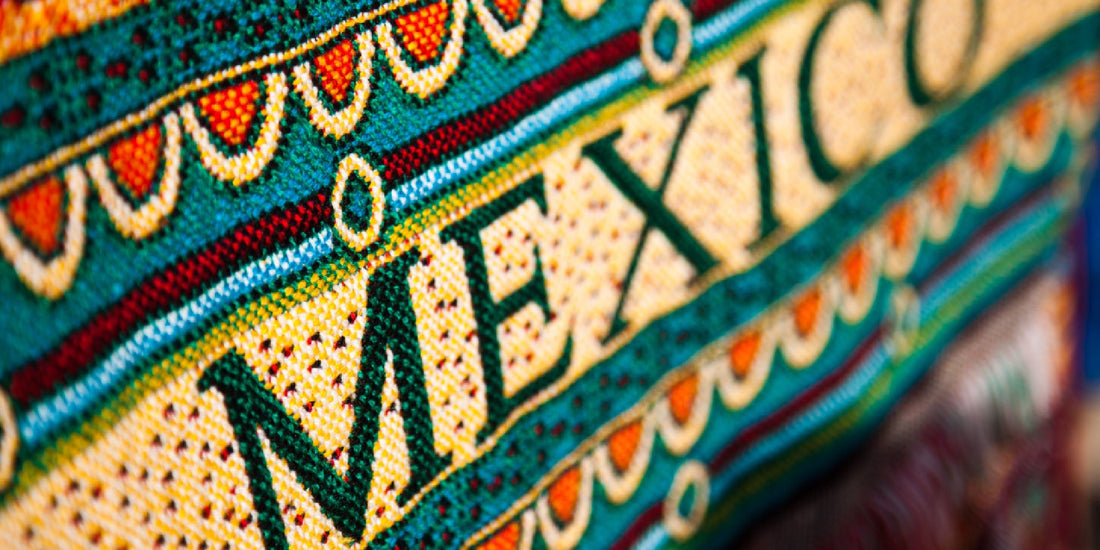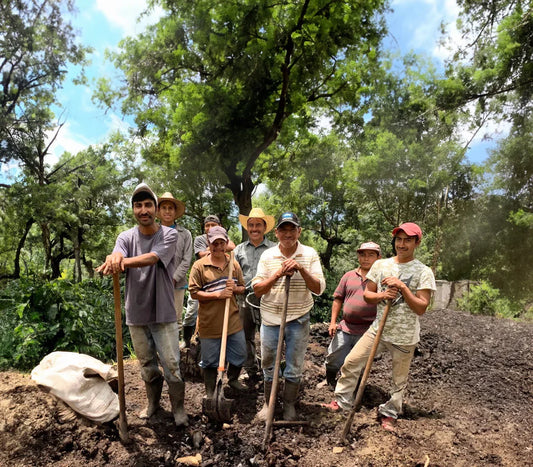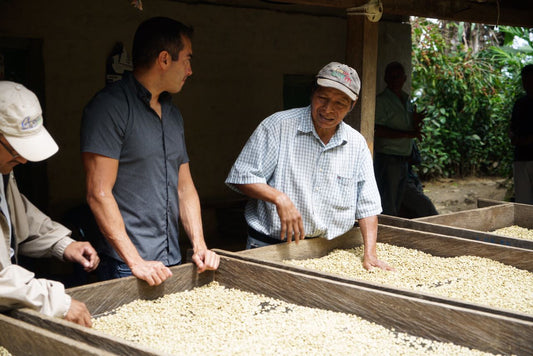
The Commercial Fashion Labels Co-opting Latino Designs
Drawing inspiration from our culture is fine – but the likes of Dior and Ralph Lauren must give credit where it's due.
Jump to:
Admiring and drawing inspiration from Latino culture is to be expected: it is rich, colorful and bursting with creativity.
However, in recent years, many clothing brands, from high-end designers down to fast-fashion labels, have overstepped the mark and engaged in what many have labeled as "cultural appropriation".
What Is Cultural Appropriation?
Cultural appropriation has received a lot of press over the last decade or so. It can be seen as a form of disrespect or theft, as it often involves taking important cultural symbols or practices out of their original context and using them in a way that ignores their cultural significance.
This can be particularly harmful when it involves elements of a marginalized culture being co-opted by members of a dominant culture. For example, a non-Latino person wearing a traditional Latino garment as a fashion statement without understanding the cultural significance of the garment can be seen as appropriating that culture.
Unfortunately, Latinos, and more specifically indigenous communities, have been on the receiving end of this practice for far too long.
"A lot of times cultural appropriation gets brushed off as not an important issue or one worth fighting but cultural theft has real and serious consequences that affect indigenous communities all over the world every day," Sariah Park, a US-based artist, noted in an interview with TRT World.
So, from one Latino to another, let us take this opportunity to advocate for our culture and understand how best to call out this behavior.

US Brands Using Latino Designs
A prime example of someone stepping into action is none other than Beatriz Gutiérrez Müller, the wife of Mexico's president.
Beatriz called out Ralph Lauren, the high-end clothing brand, for plagiarizing indigenous designs from Contla and Saltillo.
After this scandal was brought to light, Ralph Lauren apologized in a statement, saying: "We are deeply sorry this happened and, as always, we are open to dialogue about how we can do better."
Ralph Lauren also pledged to correctly credit any new designs inspired by indigenous fashion going forward.
While this may seem like a major victory for our indigenous communities, it is a drop in the ocean.
Another example of a luxury brand engaging in cultural appropriation is Dior's 2019 Cruise campaign.
Dior intended to celebrate Mexican heritage but faced a major backlash when they cast a white celebrity in a Mexican-inspired fashion campaign instead of a Latina. To make matters even worse, they also shot the campaign in the US instead of in Mexico.
As Shanti Amalanathan, an expert in luxury retail, says, when brands do not understand the historical or cultural meaning of a design they are "disrespecting these communities and saying, 'You can have the privilege of having me represent you'".
Rather than just stating their inspiration, which is a great first step, Dior should have fully supported the work of the Mexican community they were inspired by, by collaborating with them.
After widespread criticism from many Latinos, Dior did exactly that: they revamped their campaign to feature exclusive stories shot in Mexico by Mexican female photographers. These included Maya Goded, Paola Vivas, Christina de Middel, and Tania Franco Klein.
In addition, Dior's creative director Maria Grazia Chiuri also hired eight women from Mexico to take part in the runway show featuring the clothing.
While both these major brands apologized, it is important that we stay vigilant for any future transgressions by them or other companies, and demand justice as soon as it does happen.
Because simply apologizing afterwards, isn't enough, and it certainly doesn't count the second time round.

Giving Back to Indigenous Communities
The Dior example provides some good lessons. It shows that by coming together as a community, whether through social media or in person, we can make a difference in the fashion industry and take on large corporations.
Making a difference in the fashion industry is exactly what the indigenous communities in Mexico are proposing.
In fact, the Instituto Nacional de Antropología e Historia (INAH) in Mexico partnered with the Registro de Patrimonio Cultural y Mercado to protect the rights and property of indigenous communities.
This incredible partnership is in the process of developing a map to highlight communities affected by cultural appropriation.
This will aid the INAH in investigating each case. Importantly, it will provide a legal framework to protect these indigenous communities and create a policy that gives compensation – and credit – to the indigenous communities.
For many years, indigenous communities in Hidalgo, Chiapas, and Oaxaca, Mexico have lodged complaints against fashion brands who plagiarized their heritage and ancestral fashion. But these often went unheard.
Now, the Mexican government is stepping in and fighting back to help these communities get the recognition they so greatly deserve.
But it is not only Mexican communities that have been negatively affected. Many indigenous Central American tribes have suffered due to cultural misappropriation by large corporations.
Take Guatemala, for instance, for many years now the native Maya weavers have been fighting against companies getting rich off their native culture, heritage and art.
As individuals, we too can – and should – take action and voice our concerns when we come across fashion brands exploiting our communities. We can do so by educating our non-Latino friends and co-workers on the importance of giving credit where credit's due.
Let us empower our Latino communities together and support their intergenerational hard work.


